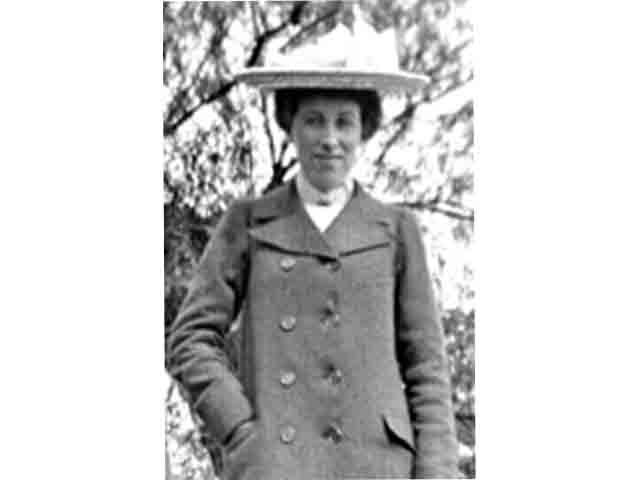The 1918 Spanish Flu pandemic has been described as the deadliest in history. It infected about a third of the world’s population and an estimated 20 to 50 million people died. The first wave in Spring 1918 was mild, but the second wave in Autumn was devastating. With little medical knowledge of flu and no drugs or vaccines, people throughout the world were ordered to wear masks. Schools, theatres and businesses were closed as countries practised forms of social isolating.
It was not known where it originated. It was called ‘Spanish Flu’ because Spain was particularly hard hit and news from there was not restricted as it was from the rest of war-torn Europe. Theories were that it started in either France, Britain, USA or China. However, with the end of WW1, it was agreed that it was rapidly spread by returning soldiers, especially into the USA and the World’s crowded cities.
In the USA, the states which clamped down quickly fared better. In September 1918 Philadelphia held its Liberty Loan Parade attended by thousands, and two weeks later suffered horrific numbers of sickness and deaths. St Louis, on the other hand, had immediately closed down schools and businesses, and they reduced infection and death to an eighth of that of Philadelphia.
By October 1918, Spanish Flu was spreading rapidly throughout Warwickshire and workhouses were so badly affected that all visiting was suspended. While at Leamington’s Warneford Hospital, the Matron and a large number of nurses were ill. Many local Armistice Day celebrations were cancelled. On the 9th of November, Dr Lattey at Southam was reported in the newspapers as saying, “We poor medics are being worked to death in this awful epidemic.” That week alone at Southam, there were eight persons awaiting funerals, mostly having died due to the flu.
One of Dr Lattey’s patients was Florence Adams, William Cardall’s daughter. She had married local grocer and ironmonger George Adams in 1911 and they had two daughters born 1912 and 1916. George had returned from the Great War with eye and lung problems, having been gassed, but it was his wife Florence who died on November 8th, leaving him to raise their two girls alone. He remarried in 1920.
At Long Itchington, Dr Clague reported that at last he was fit enough again to be able to visit his patients, and the three who had died of flu that week had brought the total to ten. It showed signs of abating although there were still several seriously ill villagers. That year during the three months of October to December, Southam and the surrounding villages registered 124 deaths, yet in the previous nine months from January to September the same district had only registered 43 deaths. Not all were because of the flu, but it certainly shows how death rates were influenced by it.
It was not until Summer 1919 that the pandemic fully came to an end. It was another twenty years plus before a vaccine was found, and not until ninety years later was it discovered why the 1918 Spanish Flu had been so deadly. In 2008, researchers eventually discovered that it was a group of three genes that had enabled the virus to weaken the lungs. This allowed bacterial pneumonia to set in and without modern day medicines and ventilators, sadly they had no cure.
The photograph is of Florence Adams, née Cardall, a victim of the 1918 Spanish Flu pandemic.
By Linda Doyle
If you are interested in finding out more about local history, contact Southam Heritage Collection. Please see our website for where to find us and our current opening times. Contact: 01926 613503 email southamheritage@hotmail.com visit our website www.southamheritage.org and find us on Facebook: Southam Heritage Collection.


Leave A Comment